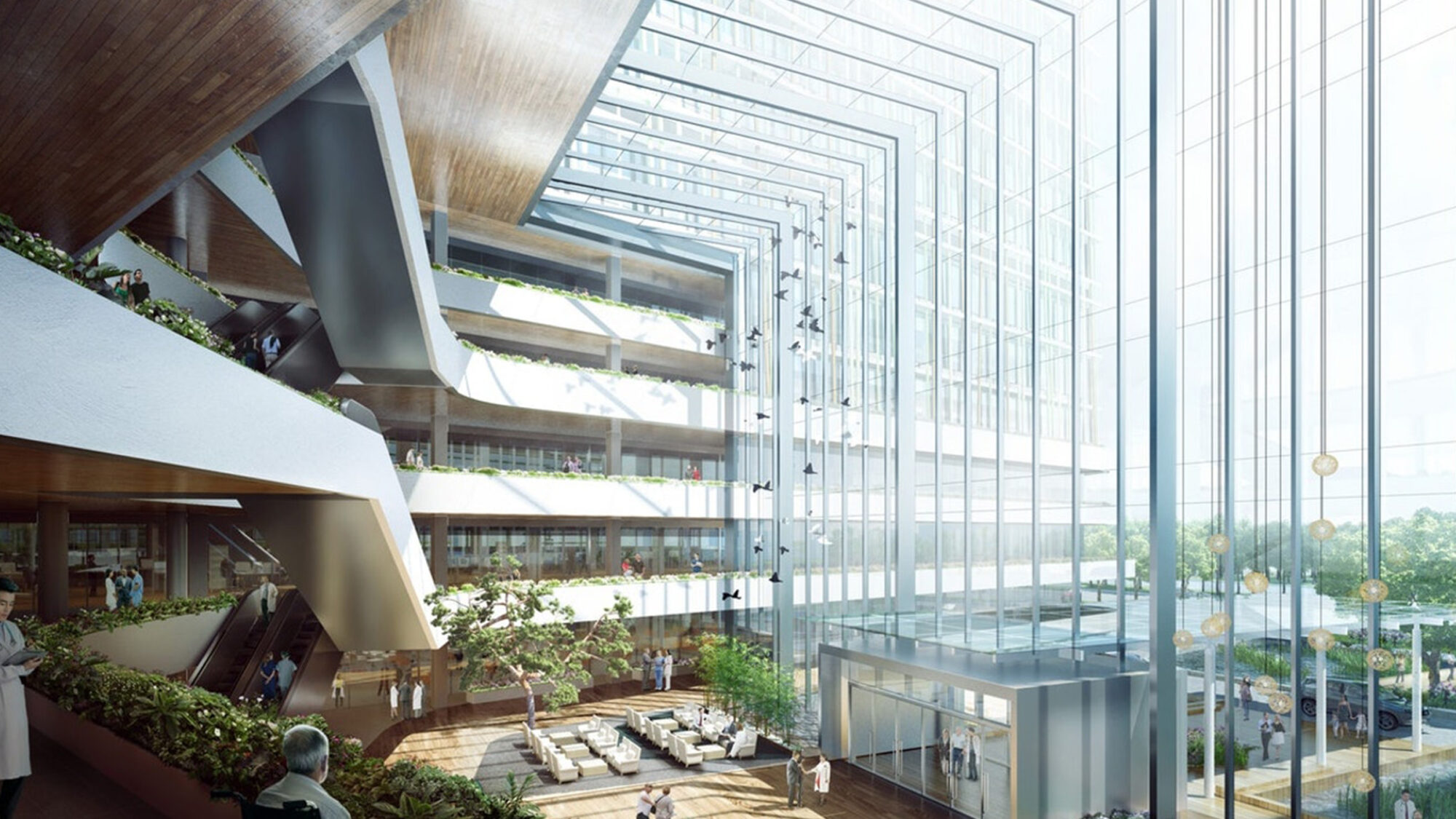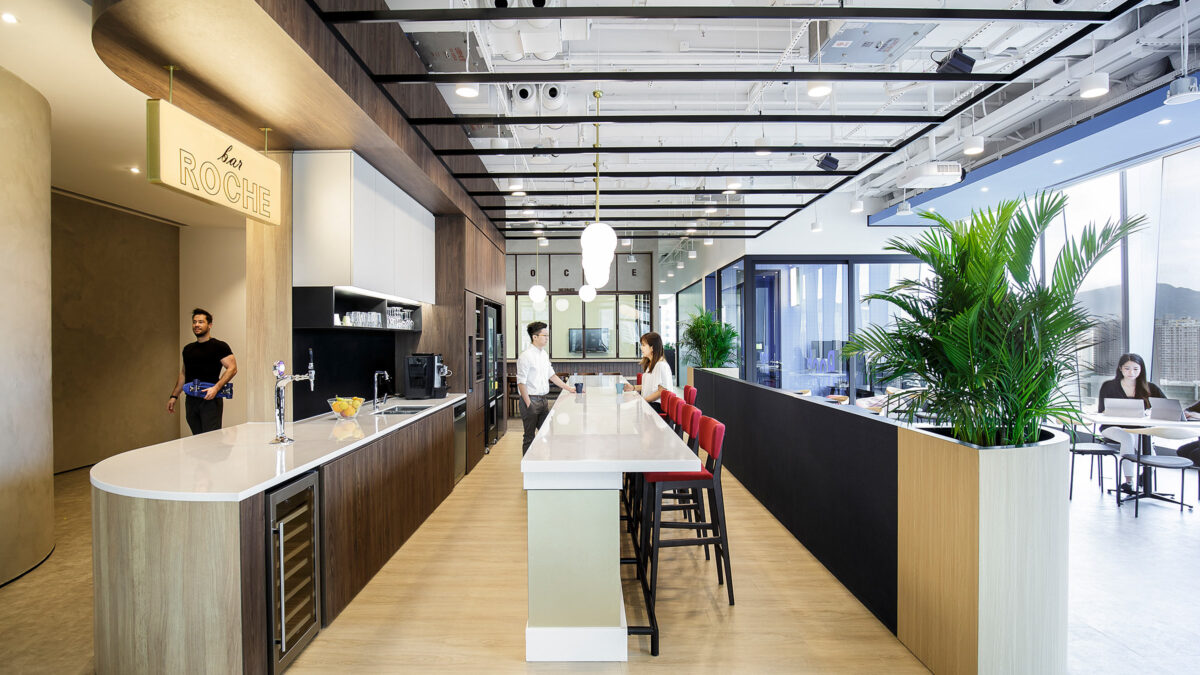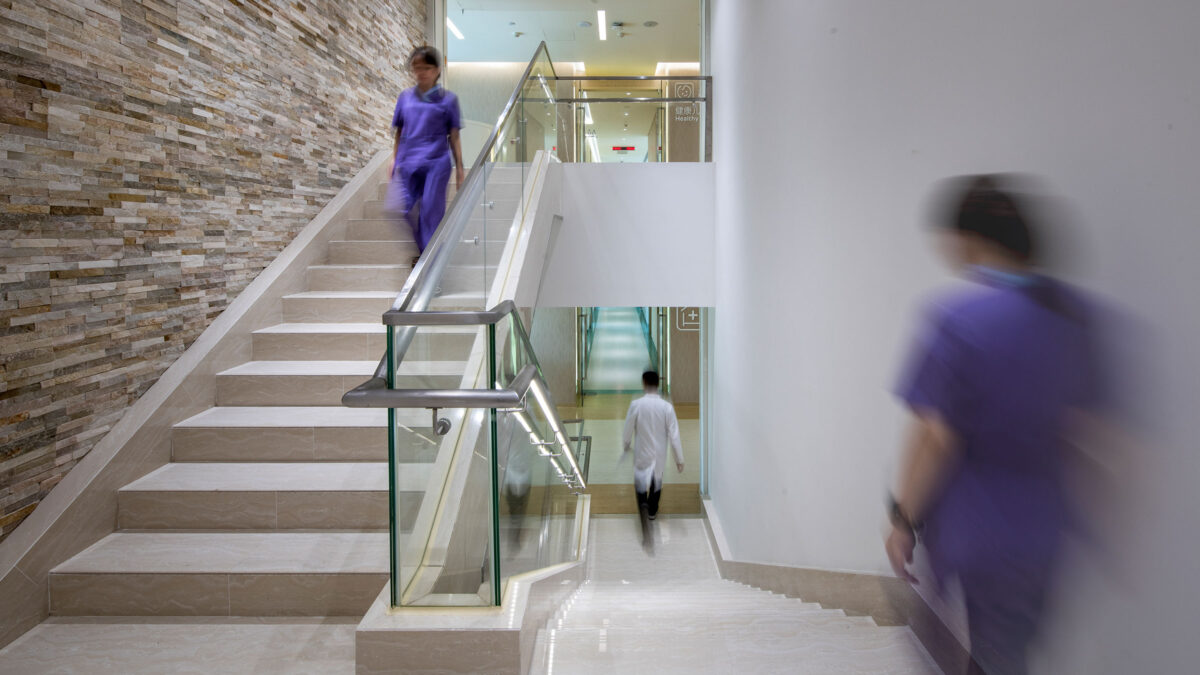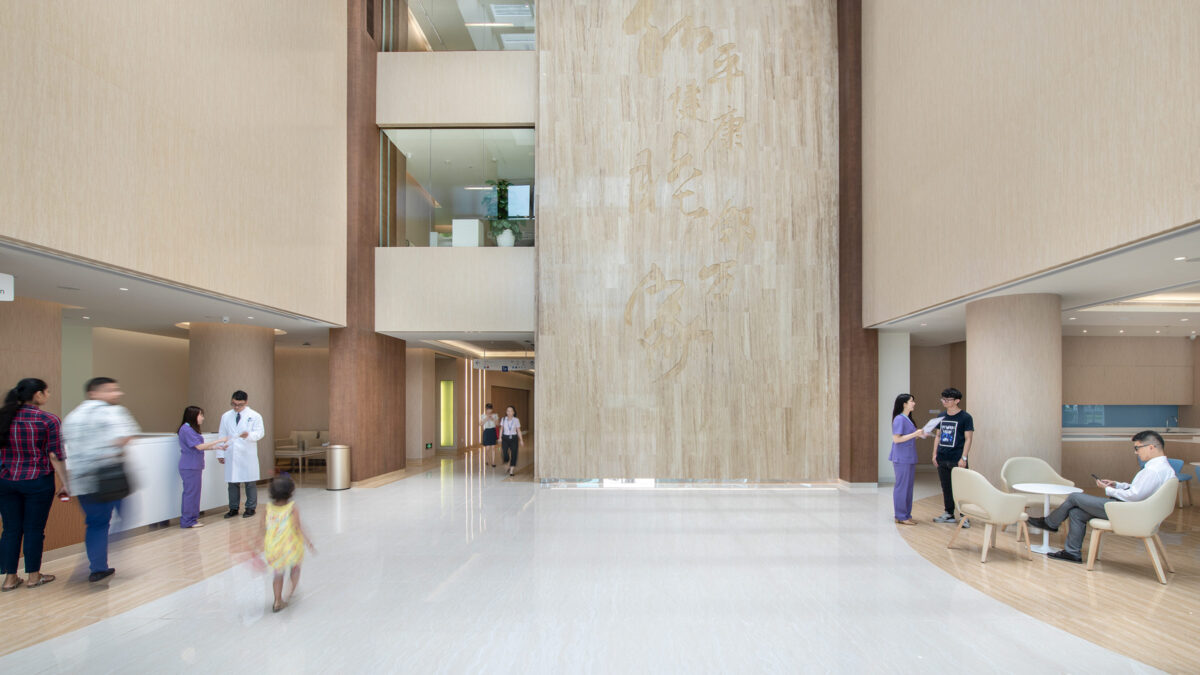










For businesses with teams going back to the office, Keith Roper shares a series of mitigation measures for airborne virus transmission in the workplace.
The primary transmission path for COVID-19 is a subject of academic debate and research. However, as designers and employers, it is vital to adopt a safety-first approach. We know to date that infection can occur via direct contact with people, indirect contact with surfaces and airborne routes. This includes coughed and sneezed droplets, and possibly aerosols.
Adjustments to a building’s heating ventilation and air conditioning (HVAC) system are part of several integrated strategies to control the transmission of airborne infectious disease.
These changes might include:

Increasing ventilation
While existing building code does not specifically recommend any changes to the volume of air per person during local outbreaks, the guidance from ASHRAE, REHVA and CIBSE is to increase fresh air rates throughout the building. We can use fresh air to dilute and remove contaminants such as C02 and odours.
Dilution for a typical office is only approximately 1.7 air changes per hour (ACH). This means it takes 35 minutes for viral aerosols from a sneeze to be cleared. We should be aiming for 4 ACH (clearing the viral load every 15 minutes).
To support your route back to the workplace, we’ve developed the following HVAC guidance and mitigation measures, labelled “DACE” in priority order:
Ramp up fan speeds on the Air Handling Units (AHUs) and local extract systems (WCs). Open windows, doors and other natural ventilators. This increases dilution and reduces risk.
It is also recommended that ventilation system operational hours be extended, including before and after occupation to further remove pollutants. WC extract systems should be running 24/7.
Protect safe office areas from more contaminated spaces such as lift lobbies and WCs. Set the office supply fan at a higher speed/volume than the extract fan. Ensure the local exhaust fans (WCs, kitchens, etc) are fully operational.
Collection through enhanced filtration, combined with UV-C treatment can be equivalent to increasing dilution by scrubbing/deactivation the viral load.
Providing local exhaust ventilation at the source of contaminants is always good practice. Rooms may need to be sealed and self-closing doors will ensure an optimal airflow pattern, from clean to less-clean.

Preventing cross-contamination
There are still some office building primary air systems that include recirculation – mixing extract air with outside air. The advice, therefore, is to physically separate extract air and supply air to minimise cross-contamination.
We can use the separation principles applied to hospitals. High-risk environments such as ICU are under “negative pressure” to prevent airborne contamination to safe surrounding areas. WCs and other potential contaminant areas should be enclosed and serviced by separate extract systems. There is also a case for increasing the extract volume for these extract systems, at times of local outbreaks.
Safe surrounding areas should be supplied by a separate ventilation system and maintained under relative “positive pressure”. Natural draughts in the building should be checked and prevented if considered a risk, for example, from communal lift lobbies and office entrances. Maintaining the supply airflow at a higher rate to the extract airflow across the general office space will help maintain a slight positive pressure across the cleanroom office space.

Addressing recirculated office air
Looking beyond the primary air system, the AC units located on each floor must also be addressed as they often distribute a significant volume of recirculated air. The general advice is to avoid recirculation wherever possible (turn off AC units) or install sterilising devices (e.g. UV-C lamps).
Virus filtration and sterilisation
Filters serving general office ventilation and air conditioning systems are often designed to remove particulates, including atmospheric pollutants, as small as PM 2.5. Viruses can be a thousand times smaller, C19 is 80 nanometers in size. HEPA filtration units can be as effective as “scrubbing” viral load, and particularly useful in small areas with poor ventilation.
A better solution may be to focus on a combination of air filtration and sterilisation. Larger pollutants are filtered out upstream, leaving only small particles to sterilise. Ultraviolet germicidal irradiation (UVGI) is a well-established technology that uses short-wave UV light to kill pathogens. It does so by destroying their nucleic acids and disrupting their DNA.
UV lamps in the air supply duct, in a local AC unit or within an air purifier can deactivate the virus. Some products combine photocatalytic oxidation (PCO) with the UVGI to destroy viruses through chemical oxidation.
For continued success from Asia to Europe, we have assembled a core team, with broad professional expertise, to develop the best solutions for workplaces. Combining in-house and global expertise in strategy, healthcare design, workplace design and infrastructure, we are ready to guide businesses as they look to re-think and re-enter the workplace.
To learn more, please contact Director – Europe, Charlie Millard.
Global Director